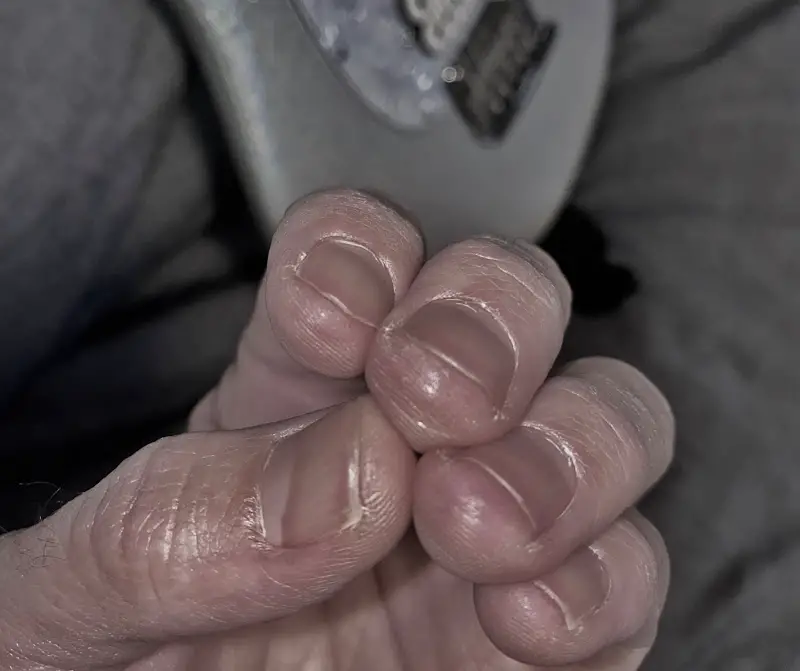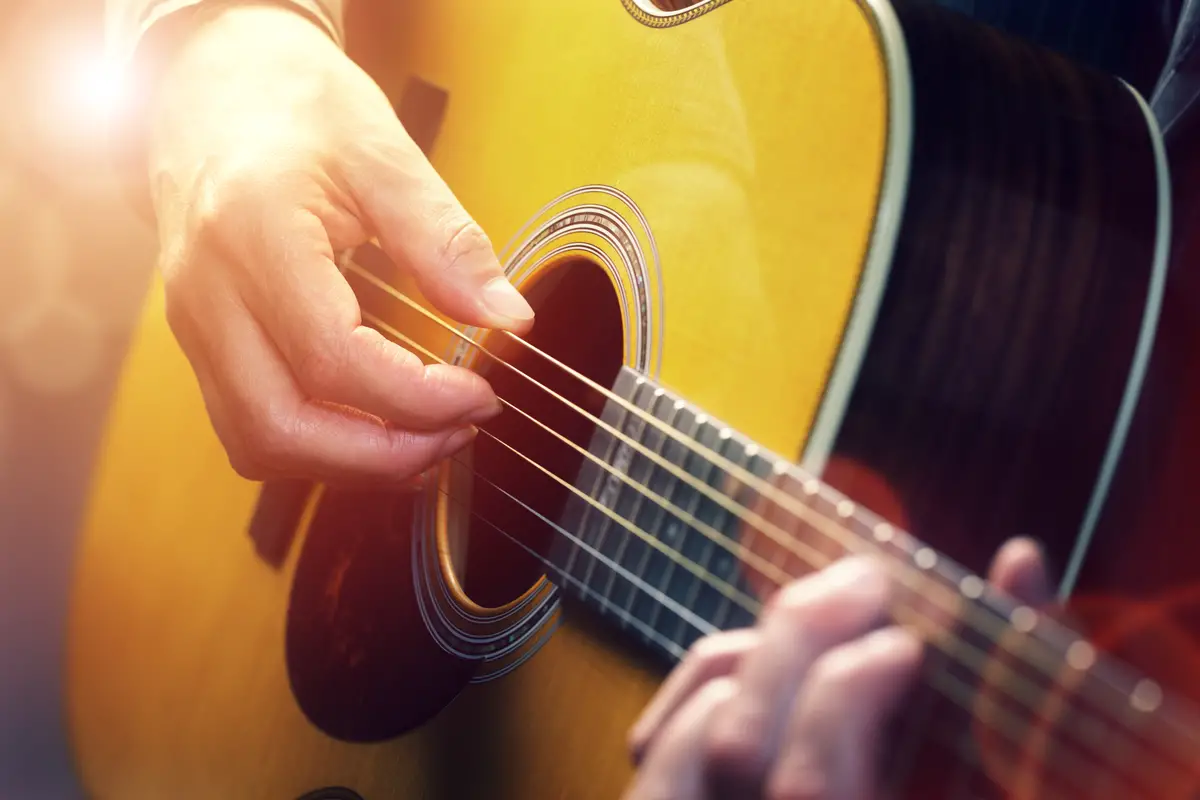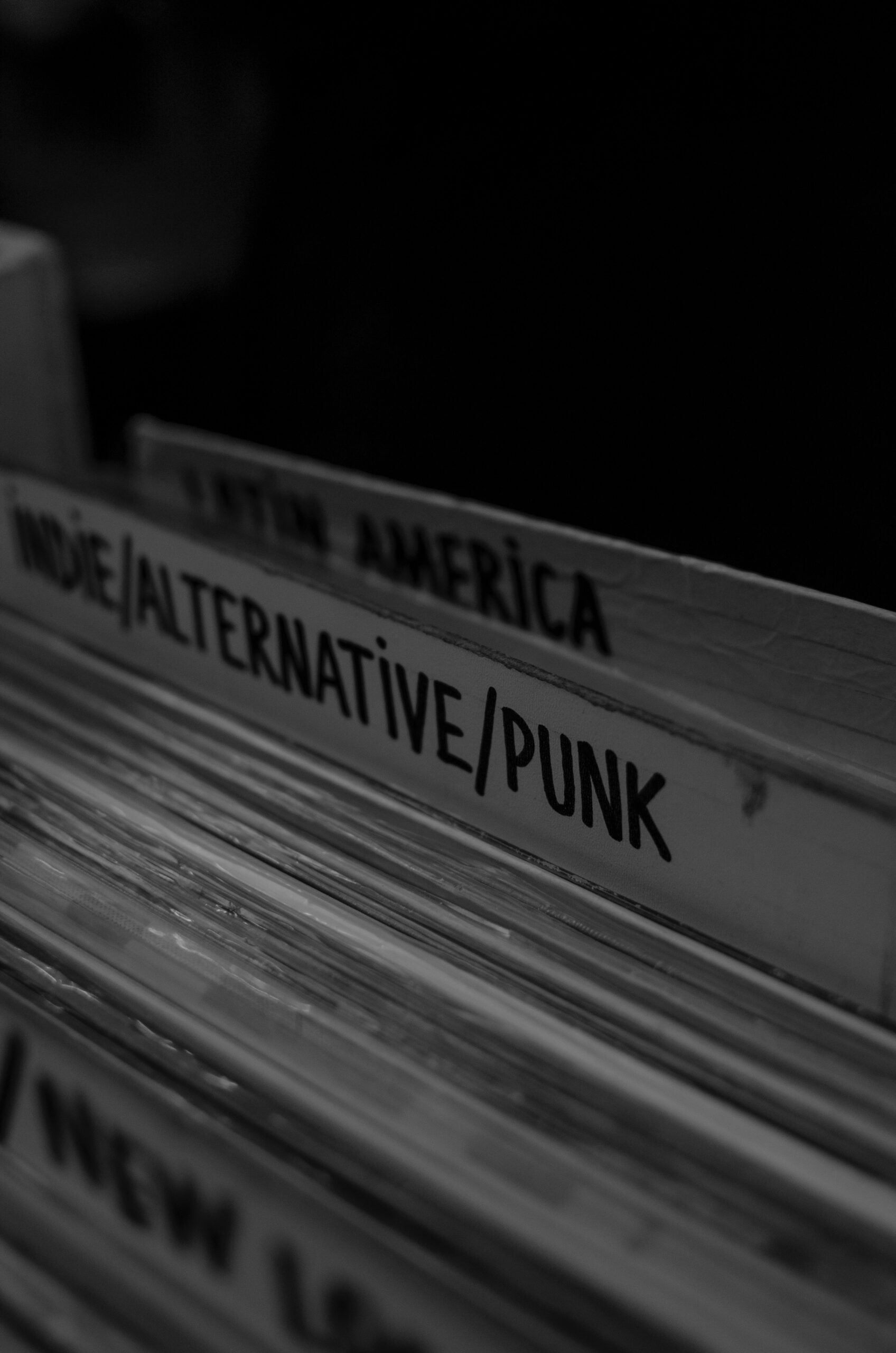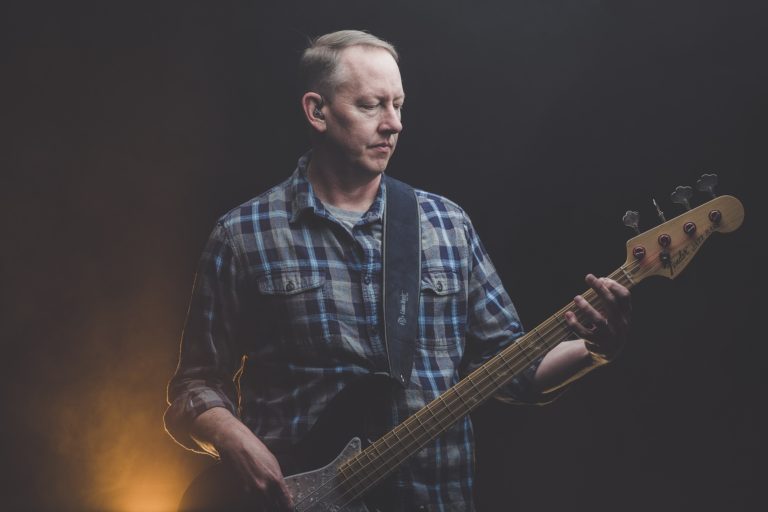Do Guitar Calluses Go Away?
Whether you want your calluses to go away after a period of not playing guitar, or perhaps you are about to take a long break from playing guitar and don’t want your precious calluses to heal at all, you might wonder about your calluses. Do guitar calluses go away?
The short answer: yes. Calluses naturally go away from the lack of use. Sometimes, it might just be your fingers growing new calluses, so you shouldn’t have to worry.
After my unintentional break from guitar-playing, I could jump back into playing guitar. Again, I had questions about the pain and the calluses, which are now the answers I can share with you.
It’s important to note that you should talk to your primary care physician or dermatologist if you are experiencing severe pain, or have genuine concerns beyond simple cosmetic factors. Calluses can sometimes present themselves as a symptom that could show a more severe health issue.
What Are Guitar Calluses?
Essentially, calluses are thickened patches of skin that form as a result of repeated friction and pressure over a small area, like a fingertip. When you play the guitar, the strings press against your fingertips, causing minor damage and irritation. Over time, your body’s ability to adapt kicks in, and the skin on your fingertips responds by building up protective layers.
These protective layers, known as calluses, serve as a shield between your tender fingertips and the taut guitar strings. They are essentially your body’s natural defense mechanism, enabling you to play with greater comfort and reduced pain. Calluses not only provide a cushioning effect for your fingers, but also enhance your ability to press down on the strings, resulting in cleaner notes and improved guitar technique.
Calluses don’t just appear on guitar players’ hands. They can appear for a variety of reasons, and medically are often referred to as Hyperkeratosis.
Due to the repetitive and friction-full nature of music, many types of musicians tend to form these calluses, especially drum players, who develop them on their palms from gripping drumsticks so tightly.
How Long Does It Take To Develop Guitar Calluses?
If you’ve been playing guitar for a few months now and still haven’t developed calluses, it can be pretty frustrating. Not all calluses are formed equally, and everyone’s development can vary. Callus formation can also depend on other variables like how often you play the guitar, your fretboard technique, and your own genes.
Typically, you’ll start to notice the beginnings of calluses after a few weeks of regular, often daily, guitar practice. It’s during this time that your fingertips undergo a transformation, adapting to the pressure and friction of the strings. I’d say get too hung up on sticking to a strict timetable.
If you want to speed up the process, you can increase the thickness of your strings, press down harder on the fretboard with your fingers, and play more often. There may be some bleeding, but that’s part of the process.
In the end, there’s no hard and fast rule for how long it takes to develop calluses. But with consistent practice and a mindful approach, you’ll start seeing noticeable changes in your fingertips within a few weeks.
Will My Guitar Calluses Go Away?
Guitar string calluses on your fingertips will go away over time if you do not continue playing. You spent years building up those rock-hard calluses on your fingertips, and though you might not imagine your fingertips without them, they will not be there forever if you don’t want them to be.
As the old saying goes, “use it or lose it.” Use your guitar, or lose your calluses. The time it takes before your fingers heal completely will depend on many factors. Having been through this exact situation and having discussed this topic with many other guitar players, I can tell you what to expect.
What Can I Do to Speed Up the Healing Process of Calluses?
There are many steps you can take daily to help speed up the healing process.
- Don’t play the guitar. This goes without saying, but one way to prevent your skin from making calluses is to stop playing the guitar. For aspiring musicians, this is the least appealing answer.
- Avoid any repetitive actions that cause frequent pressure or friction to your fingertips. This might not be possible depending on your line of work or non-musical hobbies. Resting your hands and avoiding things that are rough on them will help you achieve a faster healing time.
- Use a hand moisturizer each time you wash your hands and before you go to bed. Using a hand moisturizer that contains salicylic acid, ammonium lactate, pure lanolin, or urea will help gradually soften hard calluses (speak to your primary doctor or schedule a dermatologist exam for specialist advice).
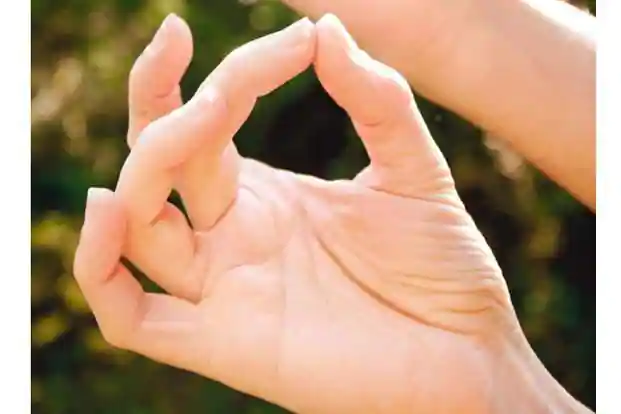
How Long Does It Take For Guitar Calluses to Go Away?
The human body reacts and heals differently for everyone. The healing process and timeframe will differ from you to the next person. However, that doesn’t mean there aren’t a few common experiences that I can share.
Some will notice a softening of their fingertips after simply washing their hands and applying hand moisturizer. Others will continue to have finger calluses for years after long periods of not playing guitar if they continue to use their hands frequently in other ways. Many report that they healed their fingertips after just a couple of days of not playing guitar. Indeed, the healing process will depend upon different factors:
How Long Have You Been Playing The Guitar?
If you have only been playing guitar for a short amount of time (and therefore haven’t spent years building up thick calluses on your fingertips) you will probably experience a much faster healing time than someone that has been playing guitar for years.
How Frequently You Play The Guitar?
If you practice for over 30 minutes per day, you more than likely have thick fingertip calluses. You will experience a longer healing period than someone who only casually plays a few minutes per week.
What Gauge Strings Do You Use?
Thicker gauge strings that go on bass guitars or 7-string guitars (such as Legators) will create sorer fingers, which results in thicker calluses. Remember, if it hurts more than playing a regular 6-string guitar, it’s because you need thicker calluses to accommodate.
How Aggressively Do You Play?
If you are the type of guitar player that likes to bend strings often or make quick, sliding chord changes, your calluses are more inclined to take longer to heal as you have developed thicker calluses to accommodate for a more aggressive playing style.
What Is Your Skin Type?
There are 4 basic skin types to consider:
- Healthy skin is neither too dry nor too oily. Little to no maintenance is needed if you fall into this category.
- Dry skin can be caused by many factors, including genetics, stress levels, hormones, dehydration, and prescription medications.
- Oily skin results from an excess of sebum production. Oily skin should not be confused with sweaty hands.
- Combination skin is described when referring to facial skin that is overly dry in some facial zones while simultaneously overly oily in other facial zones.
If you have a normal/healthy skin type, you will experience a faster healing time than someone who lives with dry skin.
Does Two-Handed Guitar Tapping Case Calluses On Both Hands?
If you’re like me, you might have guitar string calluses on both hands, caused by tapping the strings with your strumming hand. Some guitar players might build a thicker callus on their tapping fingers than on their fretboard-fingering hands. This will depend on and vary by your tapping style and the factors mentioned above.
This can also impact classical acoustic guitar players or bassists, who use their strumming hand to slap the strings in place of a traditional guitar pick.
Can You Rebuild Guitar Finger Calluses?
You might also wonder how long it will take to rebuild those calluses if you are now back into guitar playing. If you are reading this, you are likely in pain and wondering how long before that pain subsides. Again, your mileage may vary.
There is no single answer for this because the time you took off from playing guitar will differ from mine and likewise differ from those I have asked. I spoke with some individuals that were still experiencing pain after two weeks of playing their guitar again. Some didn’t experience pain in their fingertips at all once they started playing again.
The average time frame for building back guitar-playing calluses I found was roughly one week. Around day five, you might notice your ability to press down on the strings without considerable pain. Level cleared – you’re on the right track. In a few short days, you’ll be playing without even thinking about your calluses or fingertip pain.
Frequently Asked Questions About Guitar Calluses
Do calluses make playing the guitar easier?
Yes, by adding a protective layer to your fingertips, calluses will allow you to be able to press down on the guitar harder than normal, without experiencing any pain or cuts. This will ensure that you hit every note effectively, and will help you be able to practice more fluidly.
Are calluses necessary for playing the guitar?
While they aren’t necessary, they’re a bit of an inevitability if you take playing the guitar seriously. Even if you just play for a couple times a week, they’re likely to start to show up with regular practice. Because they come with added benefits, they can definitely be a necessity for a lot of players.
How can I speed up the development of calluses?
The easiest way to speed up callus growth is to play with thicker gauge strings, press down harder when playing, and practice more regularly. Following these strategies, over time calluses will have to start to appear on most types of skin.
How can I take care of my calluses?
As long as you play guitar regularly and keep your hands clean, calluses don’t require a lot of care. However I would recommend avoiding using too much moisturizer, as that can break calluses down and promote smoother skin (something normal people might want, but definitely not guitarists for their fingertips!)

